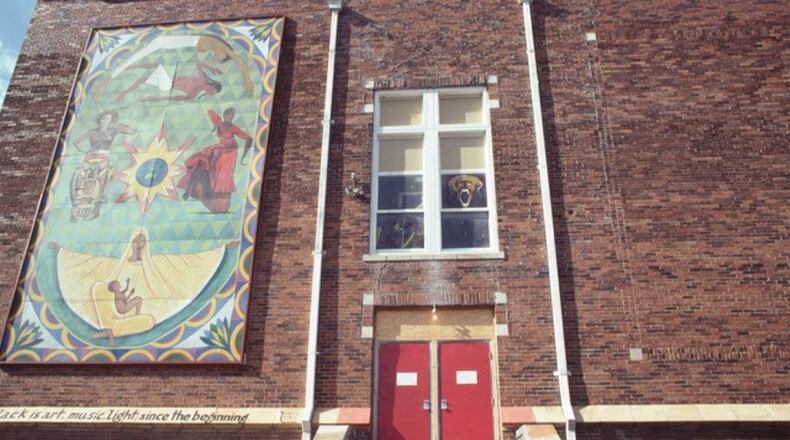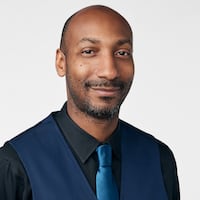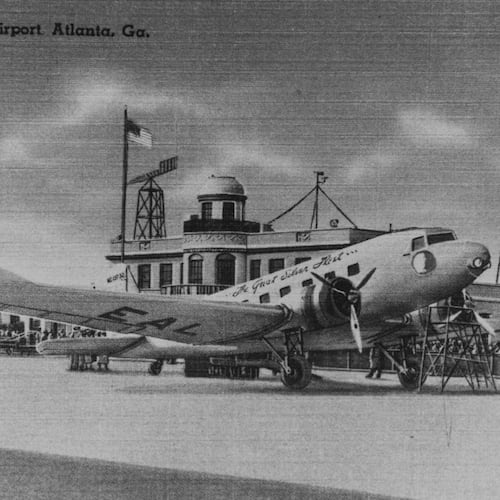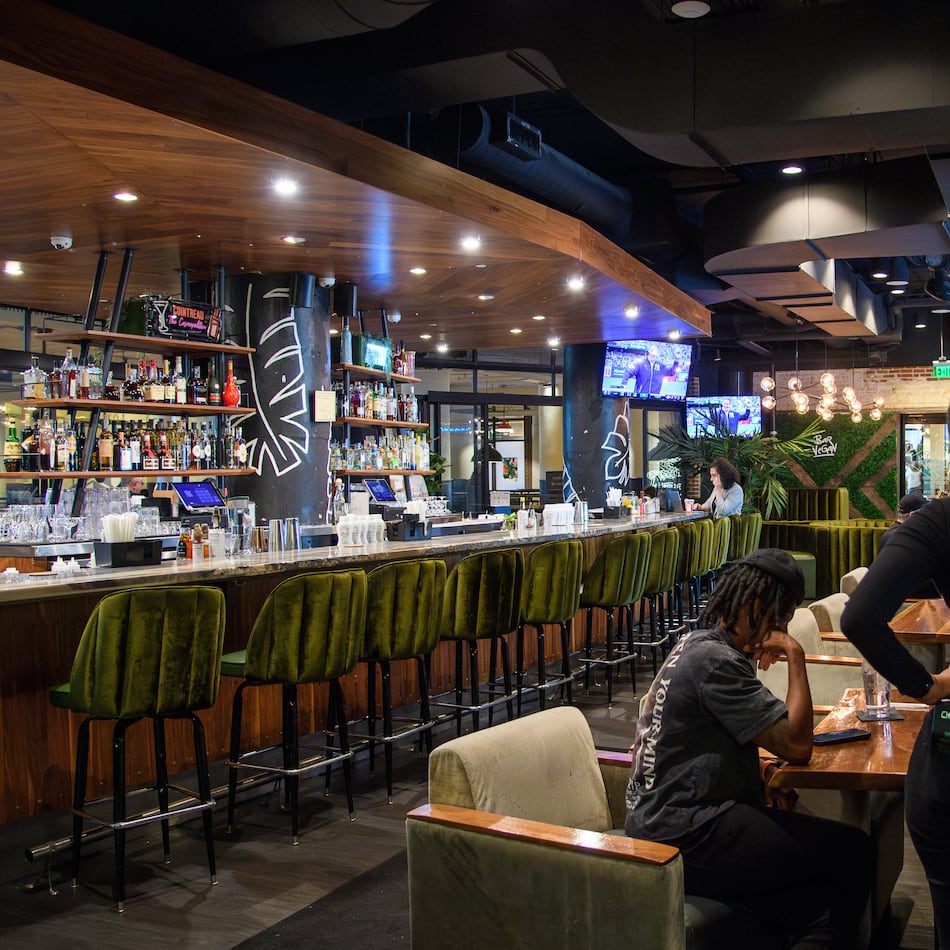Before annual events like Atlanta Jazz Festival and the National Black Arts Festival attracted and showcased Black artistic expression, The Neighborhood Arts Center provided a place for the Black community in Atlanta to see, create and be exposed to Black art for free from all over the world.
The building opened in May 1975 at the old Peter James Bryant Elementary School in the Summerhill community, close to the old Turner Field. as part of Atlanta’s first Black Mayor Maynard Jackson’s campaign to make the arts more racially diverse and a regular part of the city’s culture. He put together an Ad-Hoc Committee for the Arts to open a community arts center, because he felt the arts were a way for Black people to showcase pride in their cultural and ethnic identities.
Credit: AJC staff
Credit: AJC staff
The Dogwood Festival, founded in 1936, was one of the city’s oldest and premier outdoor art festivals, but because of racial segregation, it rarely provided a space for or attracted Black artists and patrons. The Neighborhood Arts Center welcomed the Black community with open arms by offering classes, workshops, lectures and community programs in performing, visual and fine arts.
Actors Samuel L. Jackson, Bill Nunn, author Toni Cade Bambara, visual artist Tina Dunkley and photojournalist Jim Alexander among others were artists-in-residence, paid small stipends from funding through the Comprehensive Employment and Training Act, or CETA. Artists were given studio space at the facility in exchange to teach classes in their areas of expertise on and off campus.
Credit: Jim Alexander
Credit: Jim Alexander
The organization had administrative and board support from Michael Lomax, who became CEO of the United Negro College Fund, and Shirley Franklin, the city’s first Black female mayor.
The Neighborhood Arts Center became a spot that regularly hosted top-tier Black talent like poet Maya Angelou, writer James Baldwin, artist Romare Bearden, comedian Richard Pryor, Alvin Ailey Dance Company, Dance Theatre of Harlem and National Dance Company of Senegal.
Credit: Jim Alexander
Credit: Jim Alexander
John Eaton, founding administrative director and percussionist in its 22-piece jazz ensemble, said he modeled the space after Karamu House, a Cleveland-based theater and gathering spot for Black performers and civil rights activists.
“We were the stuff back then. People were coming from all over the country and overseas to see us,” Eaton said.
Deidre McDonald, former host of “Ebony Journal,” a local television series that spotlighted Black public figures and current events, who later became BronzeLens Film Festival’s founding artistic director, told The Atlanta Journal-Constitution the creative energy always flowed and brought high morale to the environment.
“People walked through those doors and were turned on. It was such a vibrant and magnetic place, because the artists were so stellar. It was hard to believe there was all of this talent in one building, which created a synergy for the arts community,” McDonald said.
Credit: Jim Alexander
Credit: Jim Alexander
Future Black talents like filmmakers Spike Lee and Tyler Perry became regular visitors and participants in educational programs and activities. Alexander, who became Neighborhood Arts Center’s photographer-in-residence in 1977, said the community creative hub provided an alternative place to keep local youth out of trouble.
“The kids were in the parking lot throwing rocks, but we would drag them in, give them paper and crayons. They would get going and realize some of them were pretty good artists,” Alexander said.
The Neighborhood Arts Center operated through grants from the National Endowment for the Arts, contributions and donations. After Ronald Reagan became president, he cut CETA funding, which threatened the Neighborhood Arts Center’s recruitment and operational costs.
The center was also burglarized and vandalized, adding another challenge. Despite structural damage and repairs eating up its operational budget and struggling to meet fundraising goals, the center kept its momentum for creating community impact.
In 1984, the Neighborhood Arts Center relocated to the Odd Fellows Building on Auburn Avenue because of its proximity to public transportation and local colleges. It hosted creative writing, drama and art classes to senior citizens centers, public schools, treatment facilities and libraries.
Two years later, Neighborhood Arts Center’s first location burned down.
Credit: Jim Alexander
Credit: Jim Alexander
The new center hosted a Sunday performance series in its gallery, a youth theater training program, sponsored productions and Arts on Auburn, a schedule of events and activities.
But as time went on, the Neighborhood Arts Center struggled to remain open due to lack of funds.
The National Black Arts Festival also debuted in 1988, showcasing world-class talent spanning the globe and shifting attention from a brick-and-mortar to annual celebrations.
The Neighborhood Arts Center closed in 1990, but it left its mark on the Atlanta arts community that spawned Black artistry and a creative economy across music, film, television and live performance.
It paved the way for contemporary events like Arts Beats + Lyrics, a touring art and hip-hop show that originated in Atlanta in 2004, ArtsXchange, a multidisciplinary arts facility located in East Point, and venues like Hammonds House Museum, African Diaspora Art Museum of Atlanta and ZuCot Gallery.
“We didn’t know that we were doing anything, but all of that stuff to show and support Black art came out of us,” Eaton said.
ABOUT THIS SERIES
This year’s AJC Black History Month series, marking its 10th year, focuses on the role African Americans played in building Atlanta and the overwhelming influence that has had on American culture. These daily offerings appear throughout February in the paper and on AJC.com and AJC.com/news/atlanta-black-history.
About the Author
Keep Reading
The Latest
Featured










